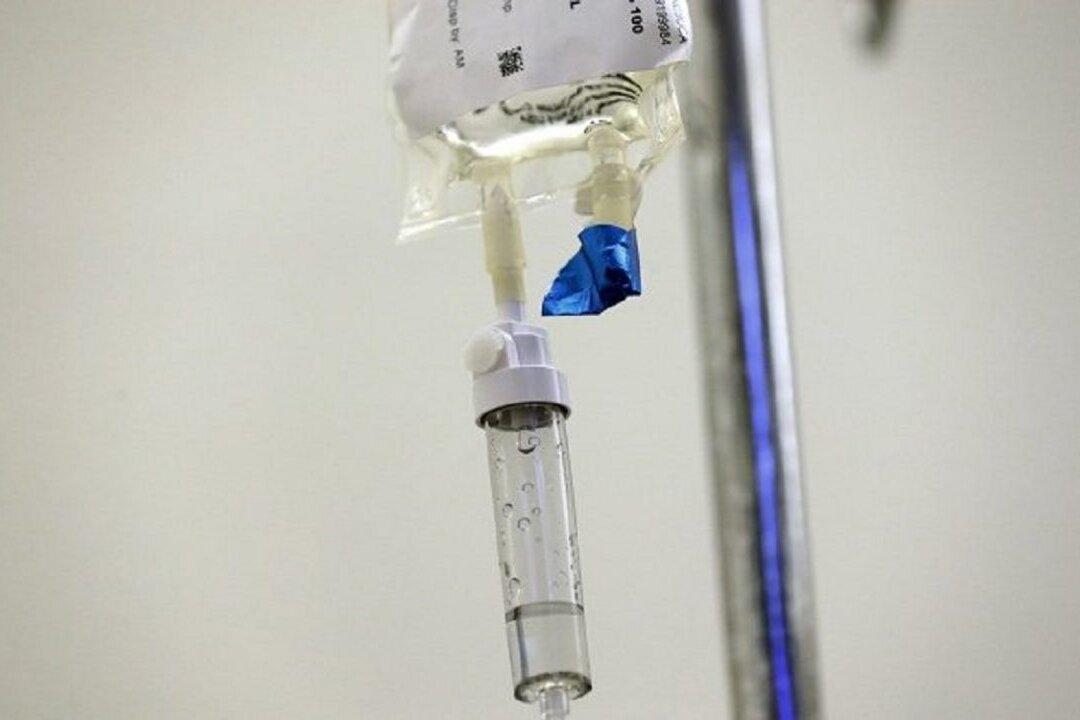A 35-year-old woman who had all her limbs amputated after she contracted a flesh-eating bacteria during childbirth in a Canadian hospital has spoken out about the experience two years later.
Lindsey Hubley, 35, from Nova Scotia, gave birth to her son, Myles, in March 2017 when she contracted flesh-eating necrotizing fasciitis.





